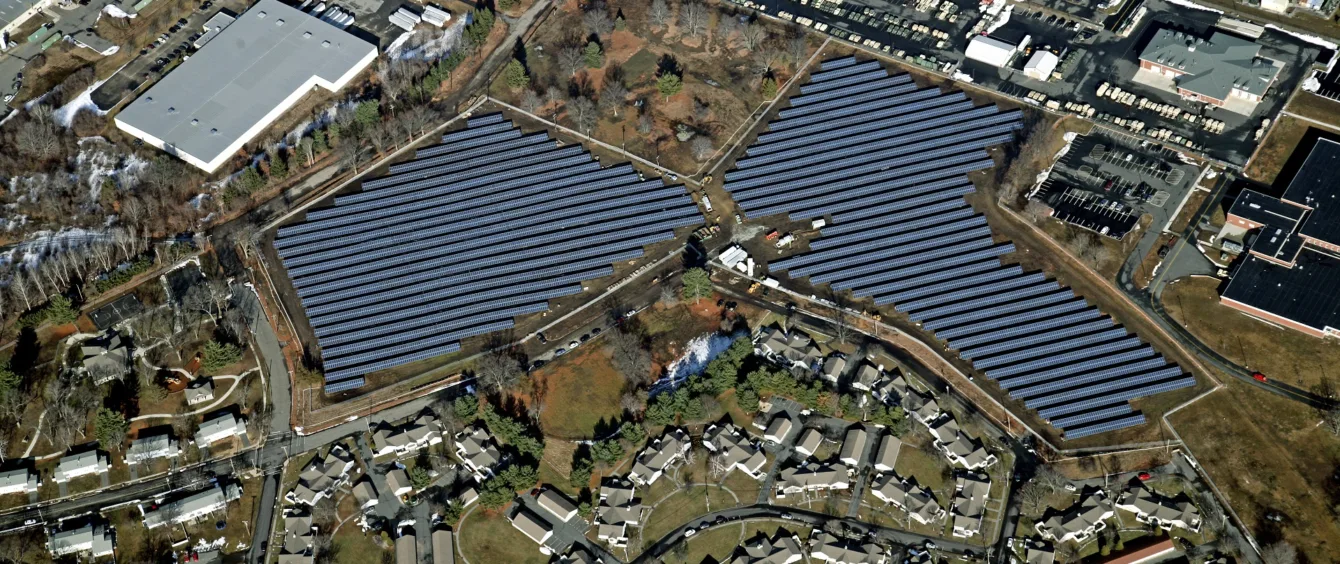Worldwide demand for primary energy will drop through to 2050, with the need for electricity doubling over the same period. Renewables are being expanded substantially to meet this enormous rise in demand. Installed solar PV capacity will have grown 22-fold by the middle of the century, with that of wind turbines increasing nine times over. These impressive predictions stem from the current Energy Transition Outlook published by consultancy DNV.
For the first time, the authors of the sixth edition of the study are confident that more than half of all primary energy will come from non-fossil sources by 2050. They believe that the energy transition will mainly be spurred by developments in Greater China, North America and Europe.
Affordable green electricity will drive electrification
In the global energy system development model, the DNV primarily outlines a key turnaround: The world economy will continue to grow in the next 30 years, whereas primary energy consumption will decline. The experts anticipate a rapid decline in solar and wind energy costs along with a rise in their share of the electricity mix. This should make electrification of numerous applications worthwhile. In numbers, this could translate into the share of final energy usage accounted for by electricity increasing to 36 percent by 2050 from 19 percent in 2021.
Concurrently, the global energy mix is set to become much greener. Wind and solar PV currently take a share of eleven percent, with potential for a rise to nearly 70 percent by 2050. According to the DNV, extensive electrification and the expansion of renewable energy will require massive investments in infrastructure. This would mean extending the overall length of existing transmission systems from just over 6 million to 18.5 million kilometres. Based on the report, this would call for 500 billion US dollars every year in the 2030s, with the outlay rising to up to a trillion dollars thereafter. Capital expenditure in 2020 totalled 270 billion dollars.
Huge investment in hydrogen technologies needed
The authors have also identified a substantial need for capital to be spent in the hydrogen sector. To hit the Paris climate targets, they believe that this fuel and derivatives thereof such as ammonia will have to meet some 15 percent of energy usage by the middle of the century. They expect demand to post an exponential increase to over 250 megatonnes per year, which would require investments in excess of 700 billion US dollars in production facilities and pipelines as well as in the construction and operation of ammonia terminals.
Policymakers in North America and Europe set the tone
Not least due to programmes recently introduced to accelerate the energy transition – the Inflation Reduction Act and RePowerEU – the DNV sees North America and Europe in the lead in terms of electrification and the expansion of renewable energy.
The experts forecast a significant decrease in energy needs and a doubling of electricity‘s share of the energy mix. Onshore wind and solar farms in the USA and Canada may well generate most of the power in 2050, contributing 32 and 27 percent, respectively. To this end, installed capacity would have to grow to 2,800 gigawatts. In Europe, wind energy is anticipated to be the major source of electricity, commanding a share of 48 percent – the largest across all ten regions considered.
According to the outlook, Greater China will achieve the highest degree of electrification, potentially meeting 46 percent of energy demand with electricity by the middle of the century (43 percent in Europe and 40 percent in North America). Up to 39 and 38 percent thereof would be produced by wind and solar assets, respectively.
Paris climate goals not yet in sight everywhere
But is that enough to hit the Paris net zero emissions target for 2050? The study tries to answer this question for the first time. The bottom line is chequered: Based on current developments, the outlook finds it realistic that “some sectors, some regions and some countries” might reduce emissions to zero on balance.
All told, however, the authors expect carbon dioxide emissions north of 22 gigatonnes by the at the mid-point of this century. According to the study, the only way to keep the 1.5 degree target in sight is to resolutely transition to climate-friendly technologies.
